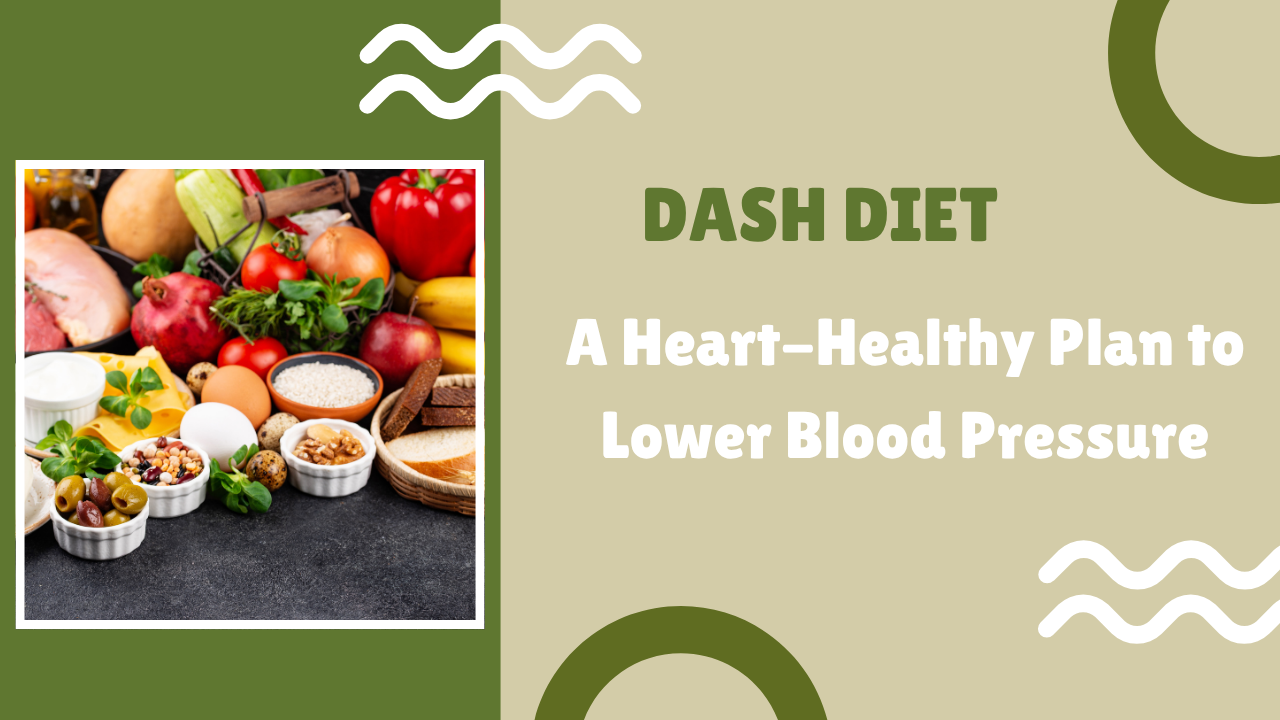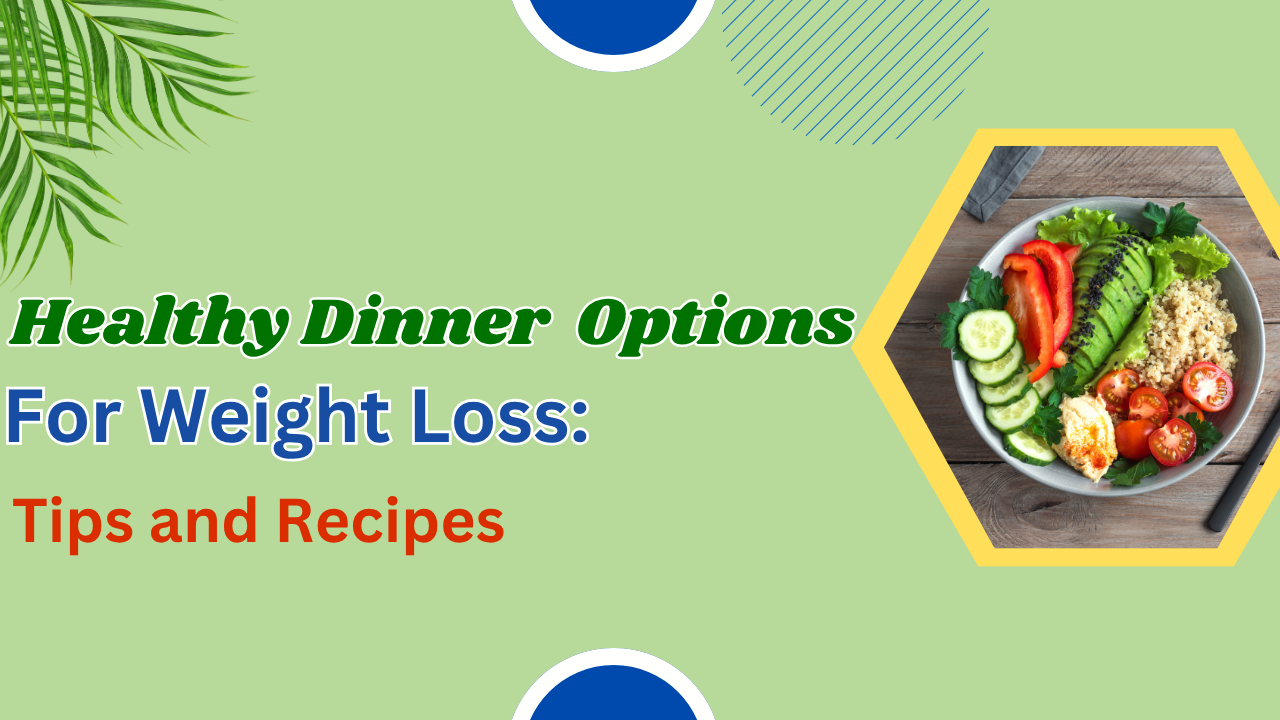Weight loss is a common goal for many people worldwide, driven by health concerns, aesthetic desires, or the aim to improve physical fitness. Achieving weight loss requires a balanced approach that combines diet, exercise, and overall lifestyle changes. Among these, a well-structured weight loss diet plays a pivotal role in reaching and maintaining your goals. The right diet ensures that your body receives the necessary nutrients while helping you create a calorie deficit, which is essential for fat loss.
In this article, we’ll explore various weight loss diet strategies, shedding light on how they work and what foods to focus on. Whether you’re following a low-calorie diet, keto, intermittent fasting, or any other method, it’s crucial to find a sustainable plan that suits your preferences and lifestyle. By understanding the core principles of a healthy weight loss diet and staying consistent, you can make significant progress in your weight loss journey and achieve lasting results.
What is a Weight Loss Diet?
A weight loss diet is a structured eating plan made to help individuals shed excess weight over time. The core principle behind any effective weight loss diet is creating a calorie deficit, where the body burns more calories than it consumes. This process forces the body to use stored fat for energy, leading to weight loss. However, a well-balanced weight loss diet goes beyond just cutting calories; it ensures the body receives the nutrients it needs to stay healthy, maintain energy levels, and function optimally.
While reducing calories is crucial, it’s also important to focus on nutrient-dense foods that support overall well-being. A good weight loss diet should provide essential vitamins, minerals, and macronutrients like protein, healthy fats, and carbohydrates. These nutrients help preserve muscle mass, keep hunger at bay, and fuel physical activity, all of which are key factors in achieving sustainable weight loss.
Finding the right weight loss diet that works for you is a highly individualized process. There is no universal solution, as each person’s body, lifestyle, and preferences differ. However, there are key principles—such as portion control, nutrient density, and consistency—that apply to most successful weight loss plans.

Types of Weight Loss Diets
Low-Calorie Diets
Low-calorie diets are one of the simplest and most effective methods for weight loss. They work by reducing daily calorie intake below the body’s energy expenditure, creating a calorie deficit that leads to fat loss. These diets emphasize consuming smaller portion sizes and choosing foods that are nutrient-dense yet low in calories. The focus is on providing the body with the essential vitamins and minerals it needs while keeping the calorie count low.
By prioritizing foods like vegetables, lean proteins, and whole grains, a low-calorie diet helps individuals lose weight gradually and sustainably without depriving the body of essential nutrients. It’s a practical, easy-to-follow approach that can be customized for different lifestyles.
- Pros:
- Simple to follow and implement
- Promotes consistent, gradual weight loss
- Often includes a variety of foods
- Cons:
- Can be difficult to sustain long-term
- May cause hunger and cravings if not properly balanced
Ketogenic Diet
The ketogenic (keto) diet is a low-carb, high-fat eating plan that significantly reduces carbohydrate intake and replaces it with healthy fats. The primary goal of the keto diet is to induce a metabolic state called ketosis, where the body shifts from burning carbohydrates for energy to burning fat.
By drastically lowering carbs and increasing fat consumption, the body begins to use stored fat as its primary fuel source. This process can lead to significant weight loss while helping maintain muscle mass. The keto diet often includes foods like meat, fish, eggs, nuts, seeds, and low-carb vegetables, while avoiding high-carb foods like bread, pasta, and sugary snacks.
- Pros:
- Rapid weight loss due to fat-burning state
- Reduces hunger and cravings by stabilizing blood sugar
- May improve metabolic health
- Cons:
- Can be difficult to maintain long-term
- May lead to nutrient deficiencies if not carefully planned
Intermittent Fasting
Intermittent fasting (IF) is more of an eating pattern than a traditional weight loss diet. It involves alternating between periods of eating and fasting. Popular methods of intermittent fasting include the 16:8 method, which consists of 16 hours of fasting followed by an 8-hour eating window, and the 5:2 method, where you eat normally for five days of the week and restrict calories for two non-consecutive days.
The idea behind IF is to allow the body extended periods without food, promoting fat burning and metabolic benefits. While it doesn’t dictate specific foods to eat, IF encourages reduced calorie intake during fasting periods, helping to create a calorie deficit for weight loss.
- Pros:
- Simple to follow and doesn’t require a specific food plan
- Can help with fat loss while preserving muscle mass
- May reduce inflammation and improve metabolic markers
- Cons:
- Can lead to overeating during eating periods
- May cause difficulty for those with busy schedules or irregular eating habits
Mediterranean Diet
The Mediterranean diet is a balanced weight loss diet that focuses on healthy fats, whole grains, lean proteins, and abundant fruits and vegetables. Inspired by the eating habits of people in Mediterranean regions such as Greece, southern Italy, and Spain, this diet promotes heart health and sustainable weight loss. It emphasizes the consumption of olive oil, nuts, seeds, fish, and legumes, while limiting red meat and processed foods.
Rich in antioxidants and healthy fats, the Mediterranean diet helps reduce inflammation, supports metabolism, and improves overall health. It’s not just a short-term weight loss plan but a long-term lifestyle approach that encourages nutritious, delicious, and diverse food choices.
- Pros:
- Heart-healthy and anti-inflammatory
- Sustainable and easy to maintain
- Provides a wide variety of nutrient-dense foods
- Cons:
- May not lead to rapid weight loss
- Requires access to fresh, high-quality ingredients
Plant-Based Diet
A plant-based diet centers on whole, plant-derived foods such as vegetables, fruits, whole grains, nuts, and seeds, while minimizing or eliminating animal products. Although it’s not specifically designed as a weight loss diet, a plant-based eating plan can support weight loss when followed mindfully.
By focusing on nutrient-dense, low-calorie foods, this diet helps control calorie intake and promotes fullness, making it easier to maintain a calorie deficit. Additionally, plant-based diets are typically high in fiber, which aids digestion and supports overall health. When carefully planned, a plant-based diet can provide all the necessary nutrients for weight loss and long-term well-being.
- Pros:
- Rich in fiber and nutrients that promote satiety
- Low in unhealthy fats and processed foods
- Supports long-term health benefits
- Cons:
- Can be difficult to get enough protein if not planned correctly
- May require careful nutrient balancing to avoid deficiencies

Key Principles for a Successful Weight Loss Diet
Regardless of which weight loss diet you choose, there are some universal principles that can make any plan more effective:
1. Focus on Nutrient-Dense Foods
A successful weight loss diet should focus on nutrient-dense foods that offer the most vitamins, minerals, and antioxidants per calorie. These foods nourish the body, boost energy levels, and support metabolic function, all while promoting fat loss. By prioritizing nutrient-rich options like vegetables, fruits, whole grains, lean proteins, and healthy fats, the body receives the essential nutrients it needs without excess calories. This approach helps maintain overall health, reduces hunger, and makes it easier to stick to a calorie deficit, ultimately leading to more sustainable and effective weight loss.
Some nutrient-dense foods include:
- Leafy greens (spinach, kale, arugula)
- Colorful fruits and vegetables (berries, bell peppers, carrots)
- Whole grains (quinoa, oats, brown rice)
- Lean proteins (chicken breast, tofu, fish)
- Healthy fats (avocados, olive oil, nuts)
2. Create a Sustainable Calorie Deficit
The primary goal of any weight loss diet is to reduce body fat, but it’s crucial to approach weight loss in a sustainable manner. Drastically cutting calories can have negative consequences, including muscle loss, nutrient deficiencies, and other health issues. Instead of extreme calorie restriction, a gradual and mindful approach is essential for long-term success.
A healthy and sustainable calorie deficit of 500 to 750 calories per day is generally recommended. This creates a steady weight loss rate of about 1-2 pounds per week, which is both safe and effective. By focusing on gradual changes rather than rapid results, you can maintain muscle mass, support metabolic health, and develop healthy habits that last over time, leading to more sustainable weight loss.
3. Embrace Protein-Rich Foods
Protein is a vital component of any weight loss diet, offering numerous benefits that support fat loss and overall health. It promotes satiety, helping you feel fuller for longer and reducing the likelihood of overeating. Additionally, protein aids in preserving lean muscle mass during weight loss, which is crucial for maintaining metabolic rate and supporting fat burning. Furthermore, protein has a higher thermic effect compared to fats and carbohydrates, meaning your body expends more energy to digest and metabolize it, thereby increasing calorie burn.
Incorporating protein-rich foods into your meals is essential for a balanced diet. Examples include lean meats like chicken and turkey, fish, eggs, dairy products such as Greek yogurt and cottage cheese, legumes like lentils and chickpeas, and plant-based options like tofu and quinoa. Aim to include a source of protein in every meal to help control hunger, support muscle recovery from exercise, and enhance overall fat loss efforts.
4. Incorporate Regular Physical Activity
While a weight loss diet is essential, regular exercise plays a vital role in maximizing fat loss and improving overall health. Physical activity not only burns additional calories but also helps to maintain muscle mass during weight loss, which is crucial for sustaining metabolic rate and supporting fat burning. A combination of cardiovascular exercise (like running, cycling, or swimming) and strength training is ideal for optimal weight loss. Cardio workouts help burn calories and improve heart health, while strength training builds lean muscle mass, which increases metabolism and aids in fat loss .bodythrive.co
To achieve the best results, aim for at least 150 minutes of moderate-intensity cardio or 75 minutes of vigorous-intensity cardio per week, along with two to three days of strength training targeting all major muscle groups . This balanced approach not only accelerates fat loss but also enhances endurance, muscle tone, and overall fitness. Remember to listen to your body and allow adequate rest for recovery to prevent overtraining and reduce the risk of injury.
5. Stay Hydrated
Drinking adequate water is a crucial yet often overlooked aspect of a weight loss diet. Proper hydration supports metabolism, aids digestion, and helps regulate body temperature. Sometimes, thirst can be mistaken for hunger, leading to unnecessary calorie consumption. Therefore, staying hydrated can help prevent overeating and support weight loss efforts.
Aim to drink at least 8 glasses (64 oz) of water daily, adjusting for factors like physical activity, climate, and individual needs. Consuming water before meals can also promote satiety, potentially reducing overall calorie intake. Additionally, replacing sugary beverages with water can decrease calorie consumption, further aiding weight loss. Remember, while water alone won’t cause weight loss, it plays a supportive role in a comprehensive weight loss plan.
6. Mind Your Portion Sizes
Even healthy foods can contribute to weight gain if consumed in large quantities. Practicing portion control is essential for maintaining a calorie deficit, which is crucial for weight loss. To manage portion sizes effectively, consider using smaller plates and bowls, as research indicates that people tend to eat less when served on smaller dishware .
Measuring food portions with cups or a kitchen scale can also provide accurate servings, helping to prevent overeating. Additionally, tracking your food intake using a food diary or a mobile app can increase awareness of your eating habits and promote mindful eating . These strategies can assist in controlling calorie intake and support your weight loss goals.
Common Mistakes to Avoid on a Weight Loss Diet
When following a weight loss diet, it’s easy to make mistakes that can hinder progress. Here are some common errors to avoid:
1. Skipping Meals
Skipping meals might seem like a quick way to cut calories, but it often leads to overeating later in the day. When you skip meals, your body may experience increased hunger, leading to poor food choices and excessive calorie intake during subsequent meals. Additionally, skipping meals can slow down your metabolism over time, making it harder to lose weight. Instead, aim to eat regular, balanced meals throughout the day to maintain energy levels and support healthy metabolism.
2. Cutting Out Entire Food Groups
Eliminating entire food groups, such as carbohydrates or fats, can lead to nutrient deficiencies and make your diet difficult to maintain. For example, carbohydrates are a primary energy source and provide essential nutrients like fiber. Completely cutting them out can cause fatigue and digestive issues. Rather than eliminating food groups, focus on choosing healthier options within each group, like whole grains over refined grains, and healthy fats like avocados and nuts.
3. Relying Too Much on “Diet” Products
Many products labeled as “diet,” “low-fat,” or “sugar-free” can be misleading. These items often contain added sugars, artificial sweeteners, or unhealthy fats to compensate for flavor, which can contribute to weight gain and other health issues. For instance, low-fat yogurts may have added sugars to enhance taste, leading to increased calorie intake. It’s important to read nutrition labels carefully and focus on whole, unprocessed foods to support your weight loss goals.
4. Expecting Rapid Results
Sustainable weight loss takes time and requires consistent effort. Expecting rapid results can lead to frustration and may cause you to abandon healthy habits. It’s important to set realistic goals and understand that gradual weight loss is more likely to be maintained in the long term. Aim for a steady weight loss of about 1–2 pounds per week, which is considered safe and effective. Nimbus Clinics
By avoiding these common mistakes and adopting a balanced, sustainable approach to eating and exercise, you can enhance your chances of achieving and maintaining your weight loss goals.
Final Thoughts: Choosing the Best Weight Loss Diet
The best weight loss diet is the one that suits your individual needs, preferences, and lifestyle. Whether you choose a low-calorie plan, keto, intermittent fasting, or another approach, the key is consistency. Focus on nutrient-dense foods, maintain a calorie deficit, stay active, and avoid drastic or unsustainable measures.
Remember that weight loss is not just about changing your eating habits; it’s about adopting a healthier lifestyle that can be maintained long-term. Focus on progress, not perfection, and celebrate every small victory along the way.
By understanding the principles of a successful weight loss diet and finding a plan that works for you, you’ll be well on your way to achieving your weight loss goals in a healthy, sustainable manner.



